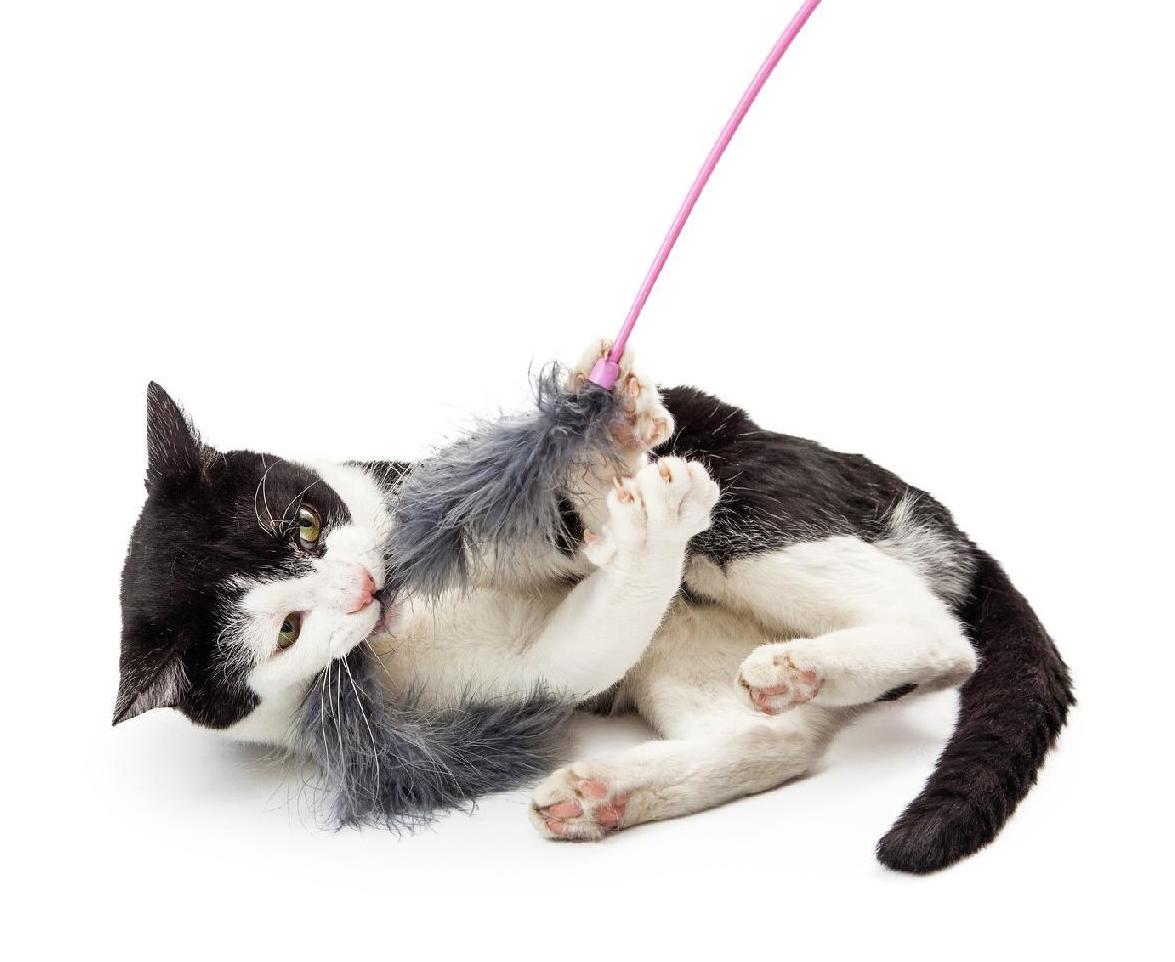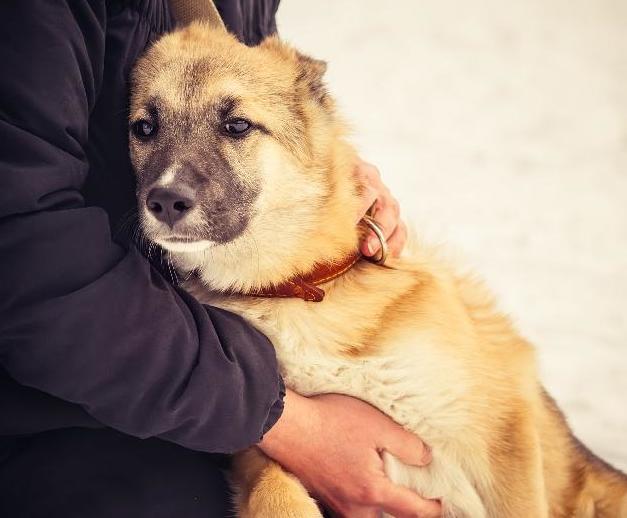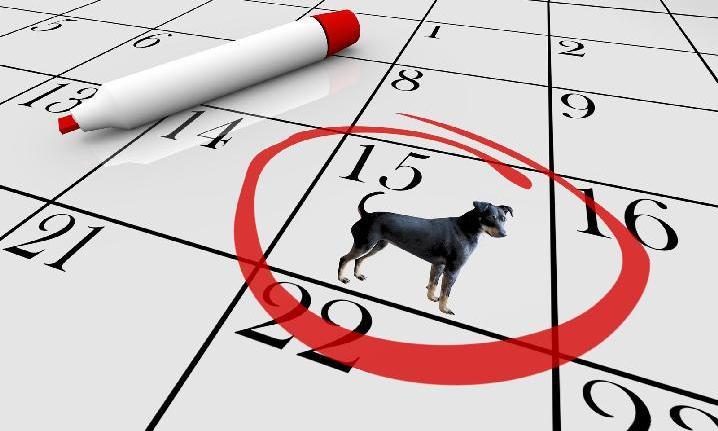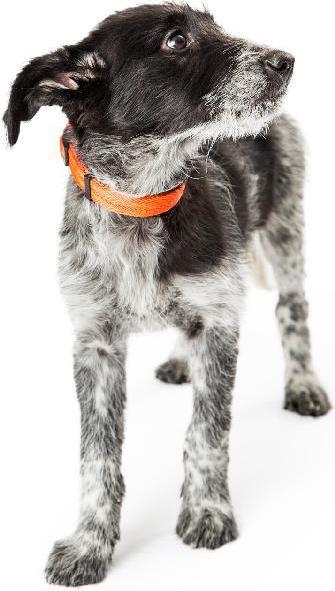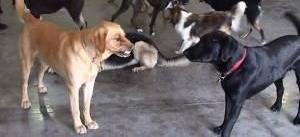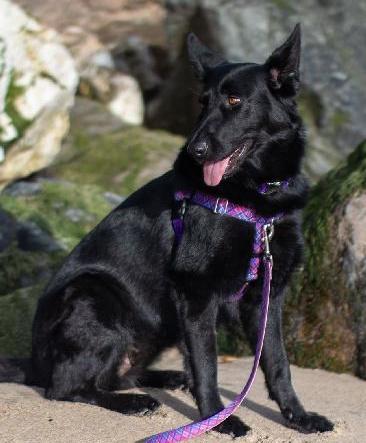training
Alone Training Don Hanson discusses training options aimed at helping dogs learn to cope with being alone and, consequently, prevent separation anxiety
D
ogs are social animals, and most will ac tively seek out our companionship. They can quickly become accustomed to hav ing their people around all the time (especially during these pandemic times when many of us are spending more time at home than usual), but this is not a necessarily good thing if they will need to spend some time on their own at some stage. And as much as we might want to believe we will always be with our dogs all the time, that sce nario is improbable. Whenever a new dog is brought into a home, es pecially a playful puppy, people tend to interact with them constantly. This interaction is an essential part of socialization and bonding. Because it is so enjoyable for both the people and the puppy, they interact often. As we know, behavior that is rewarded will be repeated so if all parties are enjoying the interaction – which is pretty standard in this case – then they are both being re warded. It’s important for puppy guardians to make sure they are not setting up their puppy for a big disappoint ment – not to mention a stressful or frightening ex perience – when they must eventually leave him
home alone. As such, including some “alone training” right from the start is of enormous benefit to both puppy and guardian. Older dogs, depending on their previous cir cumstances, might also need to learn how to cope with being alone. For example, dogs who were housed in a shelter or kennel situation where other dogs and people were always around may have trouble coping with being by themselves. Senior dogs who have dealt with being alone just fine in the past may start to become anxious when their guardians leave. Dogs that have not learned to cope with being alone can become frightened. Their anx iety may trigger them to exhibit extreme vo calizations and/or destructive behavior. Such dogs may be diagnosed by a veterinarian or veterinary behaviorist with separation anxi ety. Separation anxiety will not resolve on its Dogs that have not learned to cope with being alone can become anxious or fearful when they are suddenly left on their own © Can Stock Photo / adogslifephoto
Teaching Puppy to Cope with Being Alone
I
f you have not already done so, start leaving your puppy/dog alone for brief durations throughout the day. He needs to learn that: 1) People are not always around. 2) That you will come back. You may be surprised to learn that your puppy eventually dis covers crate time is perfect for some muchneeded napping! Here are the steps involved in alone training: • Place your puppy’s crate in a part of the house where you can still hear him, but where he will not be disturbed by family members or other pets in the house. • Take your puppy out to go to the bathroom immediately before putting him in the crate. That way, if he immedi ately starts to whine, it is not because he needs to urinate or defecate. • Provide your puppy with a safe toy, such as a Kong stuffed with a small portion of his kibble, to keep him occupied while in the crate. • Do not make a big deal out of leaving. Just pop the puppy in his crate and leave the room. He may start to whine or bark when you leave. Such vocalization is normal for a puppy that has not yet learned to cope with being left alone. Your first impulse may be to return and try to calm him. However, that would be counterproductive. Make sure you do not reward him for whining, so try not to pay attention to him while he's vocalizing and do not let him
32
BARKS from the Guild/May 2021
•
•
• •
•
out of the crate until there is a lull in the whining. Reward him for being calm and quiet. The first time you leave your puppy alone, wait for him to be quiet for at least five minutes before you let him out of the crate. When returning to your puppy, be very lowkey and non emotional. If you make leaving or returning into too big of a deal, with lots of cuddling and petting, your puppy is more likely to be stressed by your arrivals and departures. As always, when letting your puppy out of his crate, take him outside to see if he needs to go to the bathroom. Practice the above steps at least once a day for several days. You will gradually increase the length of time your puppy can be left alone. Like all training, we want to work in small achievable increments that the dog can handle. If your dog/puppy is not housetrained, you will still need to take him out for bathroom breaks. Do not worry about him not getting enough exercise. On average, a dog sleeps 17 hours per day (although, of course, no dog should be crated or left alone for 17 consecutive hours a day!). You will have plenty of time to give the puppy exercise and to interact with him during the remainder of the day. Your goal is to eventually to be able to leave your adult dog alone in your home, without you worrying about him be coming anxious or destructive. The more youwork on this while your dog is young, the quicker you will get there.


